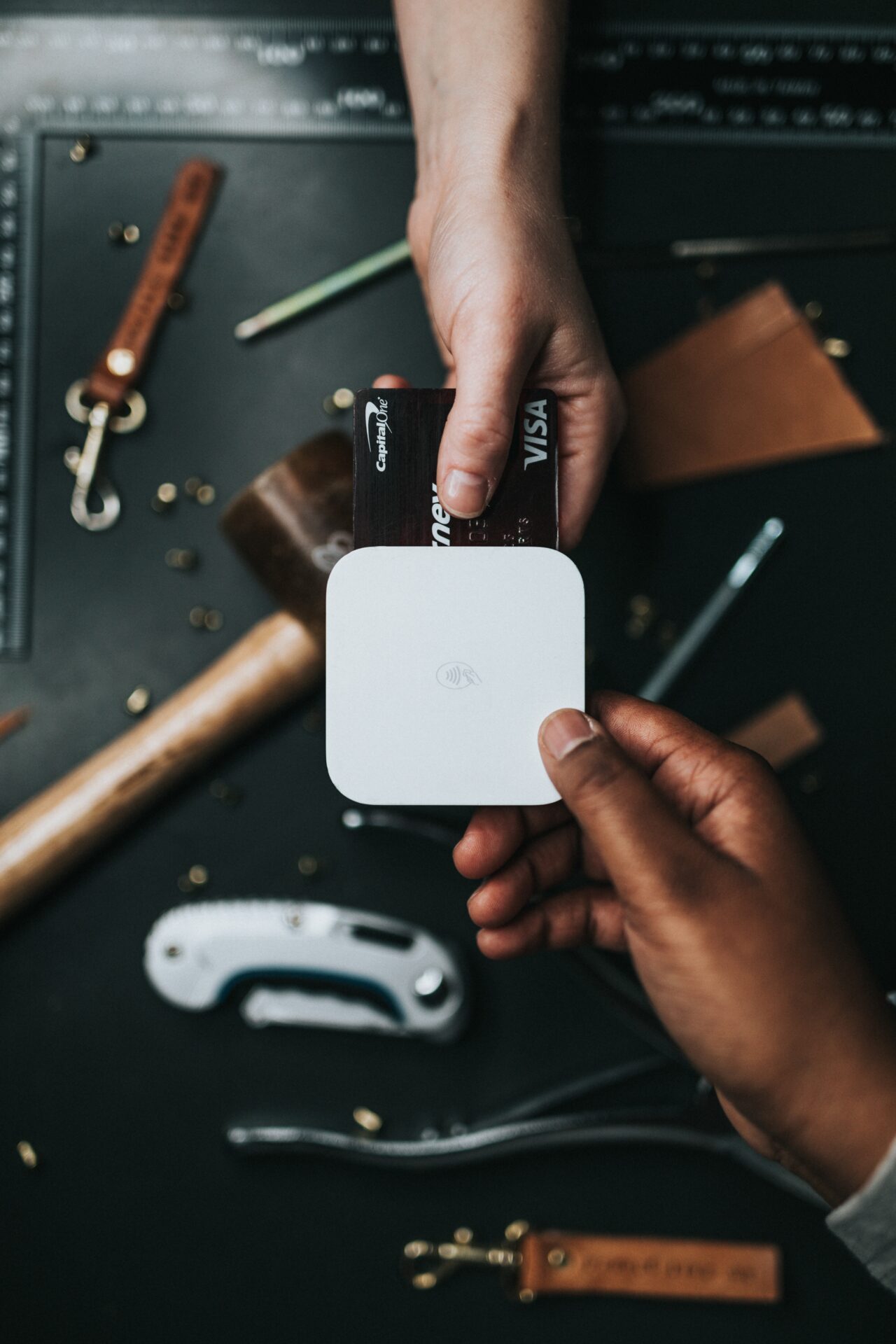Consumer and business behaviors change slowly, irrespective of the industry, for they require overcoming two key friction points: familiarizing oneself with new technology and going outside one’s comfort zone. Unless there is a dire need or a strongly enforced government or regulatory policy mandate, consumers and businesses are usually slow to change. How customer’s demand and public health priorities are pushing contactless payments adoption.
In the payments space, the safety and security concerns further heighten resistance to change. For example, only a tiny fraction of debit cardholders use their card for store purchases though it involves two simple steps of inserting a card and entering the PIN. The majority still prefer the familiar yet complex and less convenient process of withdrawing cash from ATMs for store payments. The payment service providers have had marginal success with changing consumers’ perception of debit cards being less safe and secure for store purchases. The same logic applies to contactless payments – they are much simpler and convenient for both consumers and businesses; however, the deep-rooted, perception-led behaviors prompt them to veer toward the familiar chip and PIN payments.
Markets with strongly enforced national policies directly aimed at driving digital payments have shown success in changing consumer and business behaviors. Absent such policies, it’s usually some black swan events that alter behaviors rapidly. The demonetization and the pandemic in the past five years are two good examples of black swan events that accelerated behavioral shifts from cash to digital payments for everyday spending. The crisis from these events compelled consumers and businesses to proactively seek alternatives to cash to pay and get paid. The payments industry immensely benefited as consumers that had previously transacted only in cash started using cards, real-time payments, and digital wallets. Black swan events in the early stages are crippling though their impact over time is positive, at least for the payments industry.
The COVID-triggered public health crisis had impacted nearly all aspects of daily life for people from all walks of life across the globe. The fallout from the pandemic has accelerated existing trends in consumers’ and businesses’ behaviors, in addition to spurring innovations and new developments in the card- and non-card-based payments.
 Even as payment volumes shrank during COVID-prompted quarantines, the contactless payments transactions penetration soared in quick-service restaurants, pharmacies, and supermarkets due to the higher perceived hygienic security they offer compared to traditional POS payments. With nearly two-thirds of POS devices and a third of active cards already enabled for contactless, the Indian market is poised to reach 50 per cent contactless transaction penetration in the next two years from the current 15 per cent. The pandemic will arguably leave behind a significant and lasting impact on contactless payments from the behavioral shifts in both consumers and businesses.
Even as payment volumes shrank during COVID-prompted quarantines, the contactless payments transactions penetration soared in quick-service restaurants, pharmacies, and supermarkets due to the higher perceived hygienic security they offer compared to traditional POS payments. With nearly two-thirds of POS devices and a third of active cards already enabled for contactless, the Indian market is poised to reach 50 per cent contactless transaction penetration in the next two years from the current 15 per cent. The pandemic will arguably leave behind a significant and lasting impact on contactless payments from the behavioral shifts in both consumers and businesses.
The new behaviors formed during the crisis are likely to revert to a degree; however, the momentum and overall trajectory for contactless payments will remain positive and upwards. As with the demonetization policy, the pandemic has compressed half a decade’s worth of change into less than one year—and in areas that are typically slow to evolve: customer behavior, economic models, and payments operating models.
The fear of contact with contaminated surfaces has given a strong fillip to the use of contactless payments. Merchants that did not earlier accept contactless payments started acceptance during this crisis to respond to shifting consumer preference for contactless payments.
According to a recent global study, 2 out of 3 consumers would switch to a merchant that offers a tap-to-pay option. A similar recent study by Mastercard revealed 4 out of 5 card users in APAC finding contactless a cleaner way to pay. Merchants have also been actively encouraging customers to tap and pay to avoid contact and cash handling. As this habit becomes further engrained in consumers and businesses, it will become the key to removing barriers to further growth in contactless payments.
Finally, the pace at which payment service providers are onboarding small merchants to accept card payments has accelerated. New technological innovations such as software-based point of sale and contactless card payments acceptance on mobile and business devices such as laptops and desktops will dramatically lower costs and increase acceptance among micro and small merchants. Stay ahead of the game with PaidYet and accept payments anywhere. With our secure PCI compliant platform merchants get a custom payment link that can be emailed, shared, of linked to any invoice or web portal.



